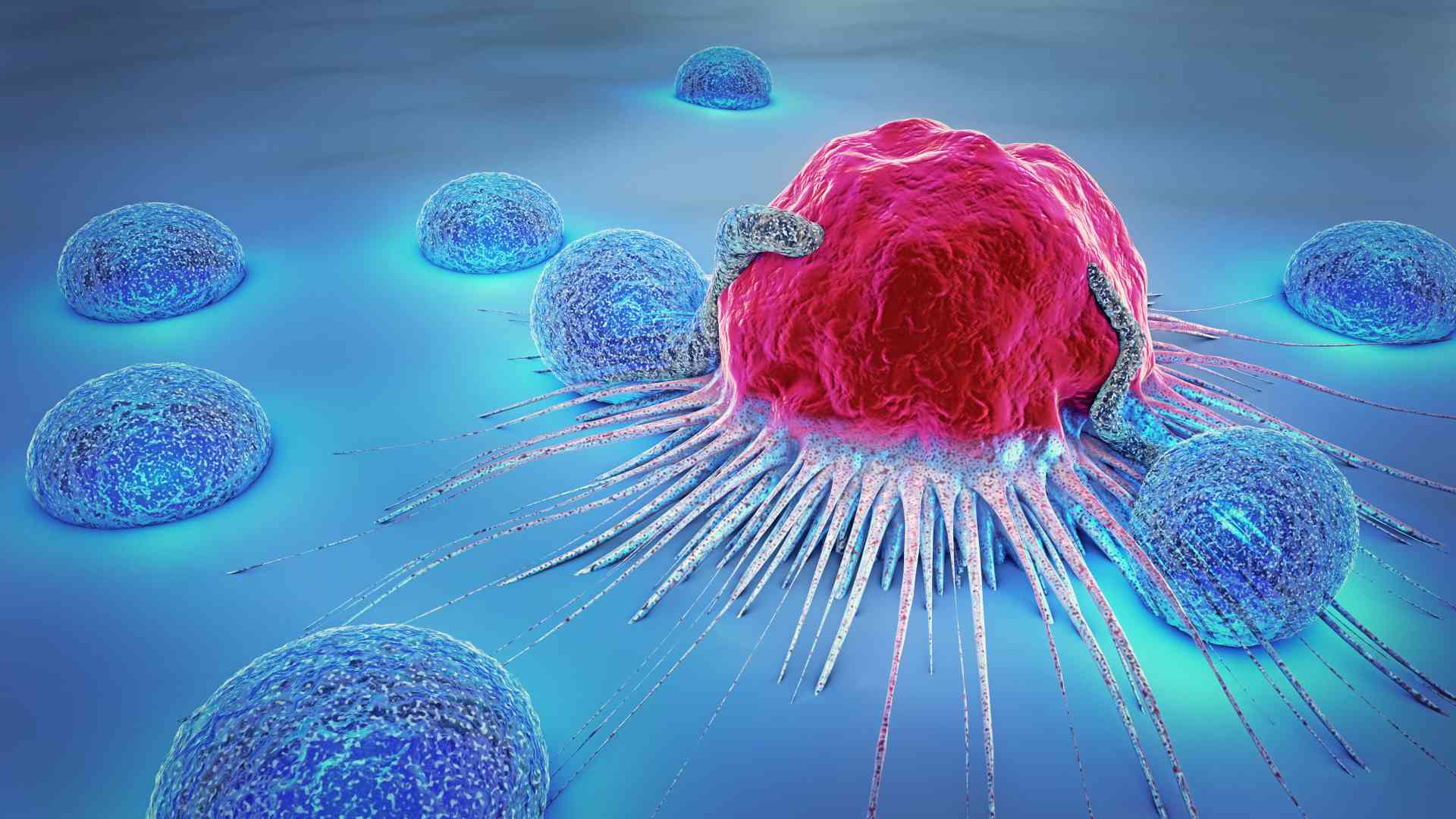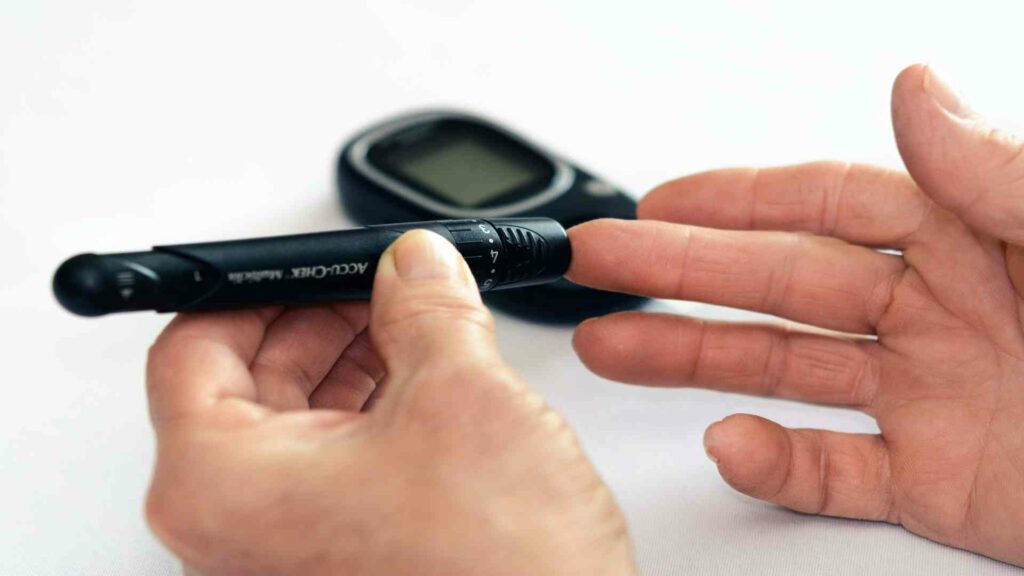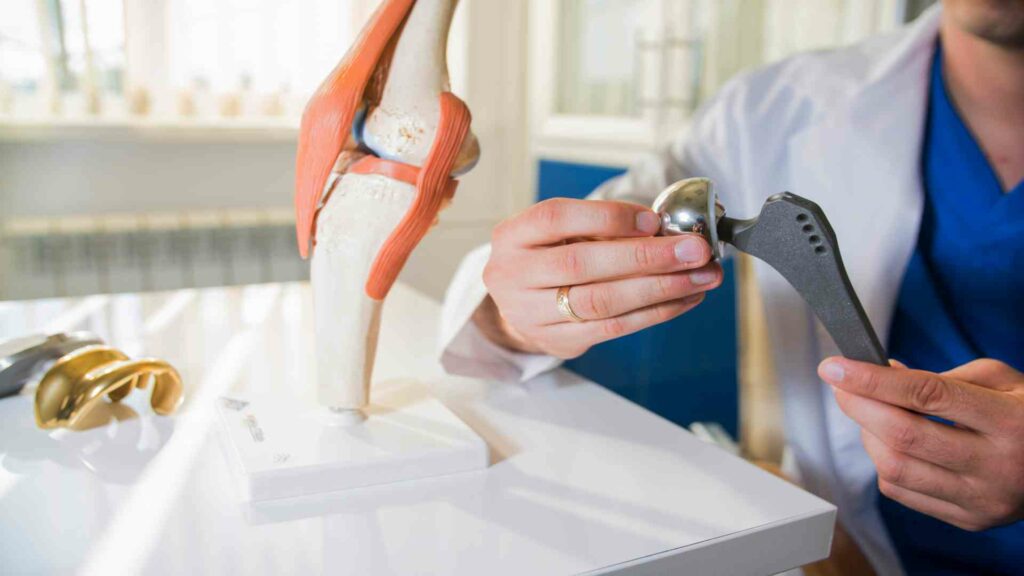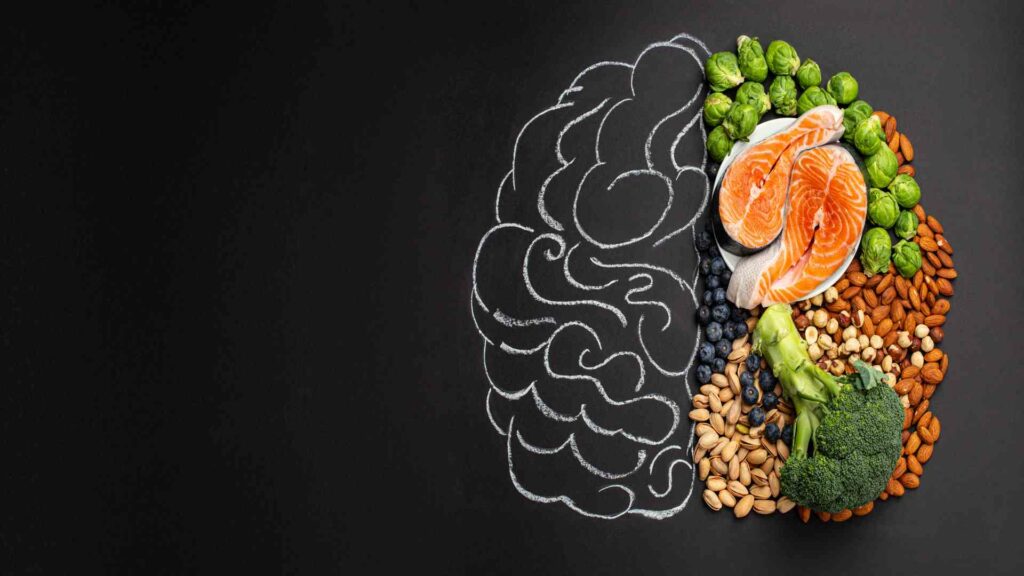Breast Cancer and Boron Clusters
Breast Cancer is the most common cancer and boron clusters containing boron atoms are being touted as promising therapeutics for breast cancer. These compounds include a distinctive set of molecular interactions that are helpful in targeted therapies and, thereby have the potential to enhance many organic formulations.

Breast cancer
Breast Cancer and its Subtypes
With nearly 2.1 million new cases diagnosed per year, breast cancer is the major cause of cancer-related death in women. The different subtypes of breast cancer are distinguished by their expression of specific receptors.
Luminal A and B breast tumours express either the oestrogen receptor (ER) or the progesterone receptor (PR). This indicates that these tumours are susceptible to endocrine therapies like Tamoxifen. Tamoxifen is a selective oestrogen receptor modulator (SERM) that competes directly with oestrogen to bind to the ER and prevent the activation of oestrogen-mediated pathways.
HER2-positive breast cancer is cancer that is responsible for 20 to 25% of all breast cancers. Trastuzumab, a monoclonal antibody (mAb) that binds to HER2, was previously very difficult to treat, but its development has offered patients a much better prognosis. This has resulted in the development of additional mAbs such as Pertuzumab and tyrosine kinase inhibitors used in conjunction with Trastuzumab to provide a more potent effect.
Basal-like breast cancer is a type of breast cancer that lacks receptor expression. It is primarily treated with chemotherapeutic drugs, such as Paclitaxel (PTX). PTX ties to -tubulin, sustaining and boosting microtubule polymerization, disrupting microtubule dynamics, and arresting cells in the G2/M phase, resulting in apoptosis of proliferating cancer cells.
Boron Clusters as a Promising Therapy for Cancer Treatment
Boron clusters have potential in many fields due to their attractive properties. The three-centre, two-electron bonding in boron compounds is responsible for their three-dimensional (3D) structure. This produces a 3D aromatic network of bonds with several advantages, including high chemical and thermal stability, hydrophobicity, and tuneability. Furthermore, boron-based clusters are less harmful than their organic counterparts.
Carboranes are boron-containing substances that have gained clinical attention due to their unique properties. The dodecaborate anion, an icosahedral cluster of boron and hydrogen atoms, is the most well-known carborane. A much more hydrophobic neutral variant is formed when two carbon atoms are added to dodecaborate.
The incorporation of carbon atoms enhances the hydridic character of the B-Hs due to the carbon’s higher electronegativity. This hydridic nature and the molecule’s overall polarity are adjusted by thermodynamically isomerizing the cage to ortho-, meta-, and para- moieties, to hydrophobic nature raising in the order ortho-meta-para-.
The B-H entity is a critical component in many pharmaceutical compounds. This is because boron clusters can use the hydridic nature of B-H to involve in hydrophilic groups and dihydrogen bond formation with proton donors at protein receptor sites. This has been evidenced in X-ray analysis and simulations.
Furthermore, metal-substituted carboranes and metallacarboranes are highly stable. These can be functionalized on boron and carbon nodes, an extremely valuable property. This is especially useful when incorporated into traditional organic therapeutic classes.
Functions of Carboranes and Metallacarboranes
Drug development is highly problematic and frequently necessitates a degree of molecule adaptability. When using organic-based compounds, the ability of boron cluster science to add substituents in 3 Ds rather than 2 Ds allows for extensive functionalization, which successfully creates carboranyl-derived pharmacophores.
Depending on the desired results, carboranes are functionalized in various ways. For example, monolithiation can be accomplished by using a strong base like n-BuLi, which allows for nucleophilic attack on adequately unhindered and reactive electrophiles. Other ways include amination in the existence of alkali metals and an oxidizing agent like cupric chloride, alkylation under conditions same as Friedel-Crafts reactions, photochemical and electrophilic chlorination, and the formation of iodinated species to enable Grignard addition reactions.
Metallacarborane species are useful in medicinal applications due to their chemical and thermal stability, amphiphilicity, and unique molecular interactions. They can be functionalized on the carbon nodes through lithiation, highly reactive B-H at the 8 place can indeed be chlorinated over several methods such as N-chlorosuccinimide and elemental chlorine, and through nucleophilic agents such as halogen, oxygen, sulphur, and nitrogen-based species in the presence of an acid, that can rise many polyethoxylated synthons. Iodination of the vertexes at positions 8, 9, and 12 can also aid in the Grignard addition of alkyl and aryl groups.
The Role of NAMPT in Breast Cancer
NAMPT, Nicotinamide Phosphoribosyltransferase, is an essential compound for treating cancers, mainly breast cancer. It is a key enzyme in synthesizing nicotinamide adenine dinucleotide (NAD). It has pro-inflammatory cytokine activity, which can inhibit apoptosis and trigger the nuclear factor kappa light chain enhancer of the activated B cells (NFKβ) pathway. Studies have shown that NAMPT is implicated in numerous cancers and plays a key role in the invasion and proliferation of triple-negative cancer cells.
Boron Cluster Interactions
It is well-known that boron clusters strongly interact with human serum albumin (HSA). This interaction was first noticed with metallacarboranes and para-carboranes. HSA typically forms compounds with drugs with one of its high-affinity binding sites. This means that such compounds have a longer half-life, as HSA helps transport bound molecules and general protein stabilization at specific concentration levels.
This opens up the possibility of boron clusters being used as drug anchors and protein stabilizers. It has been discovered that the lipophilic nature of boron clusters primarily determines the interaction level with HSA. This, combined with specific interactions like dihydrogen bonding, demonstrates the flexibility of boron clusters in ligand-receptor interactions.
The Future of Drug Delivery
Traditional therapeutics, such as doxorubicin, have seen significant progress in slow-release in vivo using different materials as drug carriers. Targeted carriers are long being used to improve the efficacy of traditional drugs. In the situation of carboranes, this has been devised for promising BNCT candidates. Boron clusters can also be targeted to tumours using carriers such as liposomes, delocalized lipophilic cations, and hyaluron.
However, such targeted delivery systems for cytotoxic therapies for breast cancer have yet to be thoroughly investigated. Boron clusters have a promising future in discovering potential cancer therapies, as evidenced by the available data.





